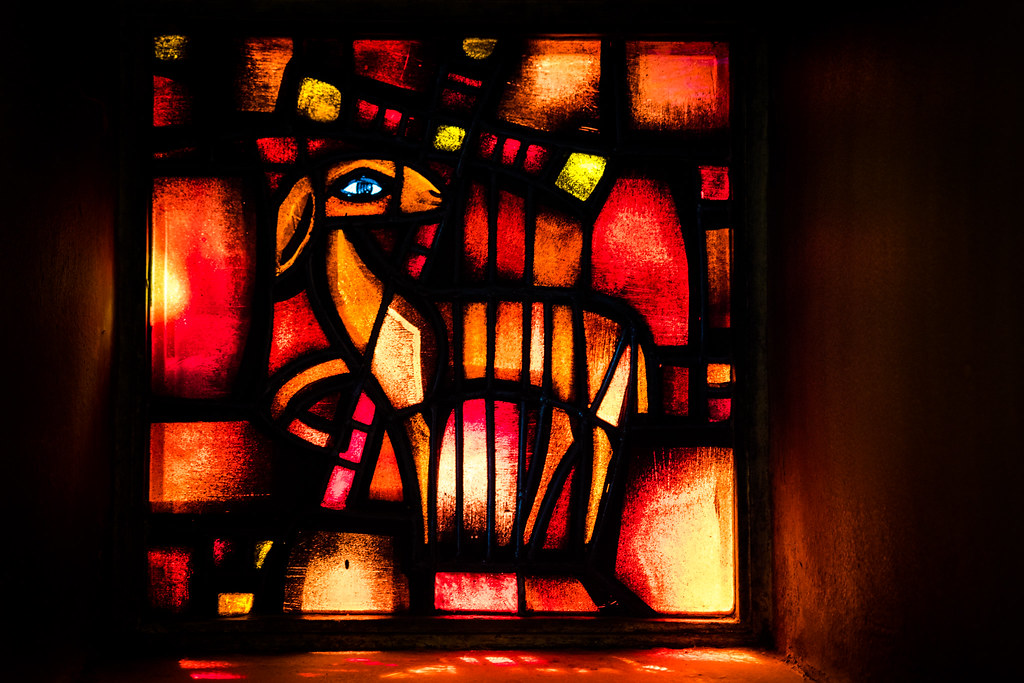Two weeks ago I had an opportunity to attend a Christian Taizé service at night in a church close to where I’m living. As a Buddhist, I enjoy jumping into new environments to learn about the religious practices of others. In the course of my inter-religious exploration I encounter devotion that strikes a chord, or a concept from a wildly different source that edifies. We all strive to apply Buddhist principles to Buddhists with whom we are familiar: applying them to the “other” remains a challenge.
Venturing beyond is not only a test of our professed values, it’s a quest that can make us better human beings. My goal is not to mix up theologies in my mind; it’s to demilitarize my reaction to others, to practice friendship and goodwill, to practice equanimity in the face of poorly understood novelty, and to be in all contexts and interactions a noble and curious human being. There is no sense in which I have to reject Buddhism in order to respect Christianity – if anything, this century demands more dialogue, not less. In his book Ethics for the New Millennium, His Holiness the Dalai Lama wrote:
I believe the best way to overcome ignorance and bring about understanding is through dialogue with members of other faith traditions. This I see occurring in a number of different ways… It is helpful when there are encounters between ordinary but practicing followers of different religions in which each shares their experiences… When exchanges like these occur, followers of one tradition will find that, just as in the case of their own, the teachings of other faiths are a source both of spiritual inspiration and of ethical guidance to their followers… The diversity that exists among various religious traditions is enormously enriching. There is thus no need to try to find ways of saying that ultimately all religions are the same. (Dalai Lama 1999, 222-27)
At this service I was moved by the period of intercessory prayer and silent meditation in between two longer periods of carefully selected songs. A congregant was silently making deeply felt supplications (in body, mind, and heart) before vocalizing her concern to the assembly. Her relative had cancer. It was time to pray, to appreciate the non-conceptual value of religion, to place oneself in the hands of a higher power. She manifested those beloved and reassuring words of Jesus in the Bible: “Whoever follows me will not walk in darkness, but will have the light of life” (John 8:12, ESV). I vividly remember walking in what I would regard as darkness, without faith and understanding. I recall my pre-religious past, the search for refuge in impermanence and foolishness and tomfoolery.
In moments of silent reflection during the service, I meditated on the Eastern Orthodox paintings of Jesus, the Virgin Mary, and Mary Magdalene. A variety of lightly flickering candles surrounded each icon. The painted figures, with their air of austerity and admonition, commanded respect. But the candlelight naturally reassured me. I felt gratitude for the light of the Dharma. I was happy that my fellow congregants found refuge in their faith in Jesus and in God: Dona nobis pacem, Dona nobis pacem, Dona nobis pacem.
According to Wikipeida, the Taizé community “is an ecumenical Christian monastic fraternity in Taizé, Saône-et-Loire, Burgundy, France. It is composed of more than one hundred brothers, from Catholic and Protestant traditions, who originate from about thirty countries across the world.” The small community I visited in the USA was a living extension of the activities and principles of its headquarters. It is my hope that in our Buddhist tradition we too can practice ecumenical goodwill, to meditate on the light in all our lives, and on the light we have yet to receive.

